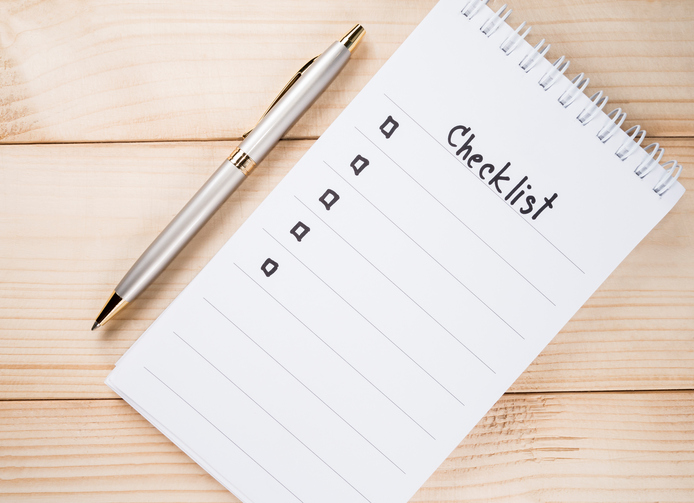 Experienced drivers know the importance of safety on the road. They keep a safe following distance, always look both ways before turning, and watch their speed. But, did you know that driver safety begins well before you sit behind the wheel? Before you drive, it is important to note the condition of the roads, your vehicle, and even yourself. Here is how you can perform a pre-driving check on your vehicle:
Experienced drivers know the importance of safety on the road. They keep a safe following distance, always look both ways before turning, and watch their speed. But, did you know that driver safety begins well before you sit behind the wheel? Before you drive, it is important to note the condition of the roads, your vehicle, and even yourself. Here is how you can perform a pre-driving check on your vehicle:
How Are You Feeling?

Always make sure you are well-rested before driving.
When performing a pre-driving check, you should always begin by looking inward. Ask yourself:
“Am I well-rested?”
“Have I recently taken any medication?”
“Am I feeling calm, cool, and collected?”
If you wear prescription glasses, or contact lenses, have you remembered to bring them?
Your mental, emotional, and physical condition are directly correlated to your ability to drive safely. For instance, did you know that you are 10 times more likely to get in accident while driving if you are sad or angry? Waiting to drive until you feel calm could save your life!
Inspecting Your Vehicle
After establishing that you feel ready to drive, your pre-driving check should move outside of your vehicle.
First, make sure weather conditions are appropriate for driving. Rain, snow, ice, and wind can all lead to dangerous road conditions.
Next, walk around your car and check for any animals, small children, or objects that may be blocking your vehicle. Try to be particularly aware of anything, or anyone, in the area that you might not be able to see when backing up.
Visually inspect your windows and windshield, headlights, taillights, and brake lights. These should all be reasonably clean, especially the windshield and windows. Dirty windows can result in reduced visibility or could create a glare.
Next, check the tires. Make sure they are inflated, and don’t have any visible damage. You should check your tire pressure regularly, as visual checks only allow you to estimate tire pressure. Always bring a spare tire, and the necessary tools to change a tire.
Lastly, look underneath your vehicle and make sure there isn’t any leakage of fluids.
Inside Your Vehicle
Once you successfully inspect the outside of your vehicle, it is time to make sure that your vehicle is functioning properly, and adjusted for comfortable operation.
The first thing you should do after getting into a car is adjust your seat. You want to make sure that you can reach the controls and pedals comfortably, without stretching. If you don’t know how to adjust the seat in your vehicle, consult your owner’s manual.
When adjusting your seat, make sure you aren’t sitting too close to the steering wheel. If you are in an accident, and the airbag deploys, you could be injured if you don’t allow the required minimum of 10 inches of space for an airbag to inflate.
Next, adjust your mirrors. You need to be aware of your surroundings and position in traffic, make sure you can see behind, and around your vehicle.

Always properly wear your seatbelt
Put on your seatbelt. This is the most important step when preparing to drive a vehicle. Here, at DriveSafe Online®, we believe that it is impossible to stress this enough: seatbelts save lives.
Once your seatbelt is fastened, adjust it so it is comfortable. Always wear the diagonal across your chest, and the lap belt across your thighs, not your stomach. Make sure that the seatbelt is not twisted, and is instead, flat against your body.
Now you are ready to insert the key in the ignition and start your vehicle. Make sure there are no warning lights. Your pre-driving check is complete and you are ready to drive!

Patrick M. is Editorial Director for the always expanding DriveSafe Online library of courses. With over two decades of experience developing award-winning training, he now focuses on innovating online driver safety training. Pulling from his background in journalism, he steers the wheel behind the creation of top-tier content that promotes a better journey—whether on the digital highway of learning or the real roads we travel every day.
